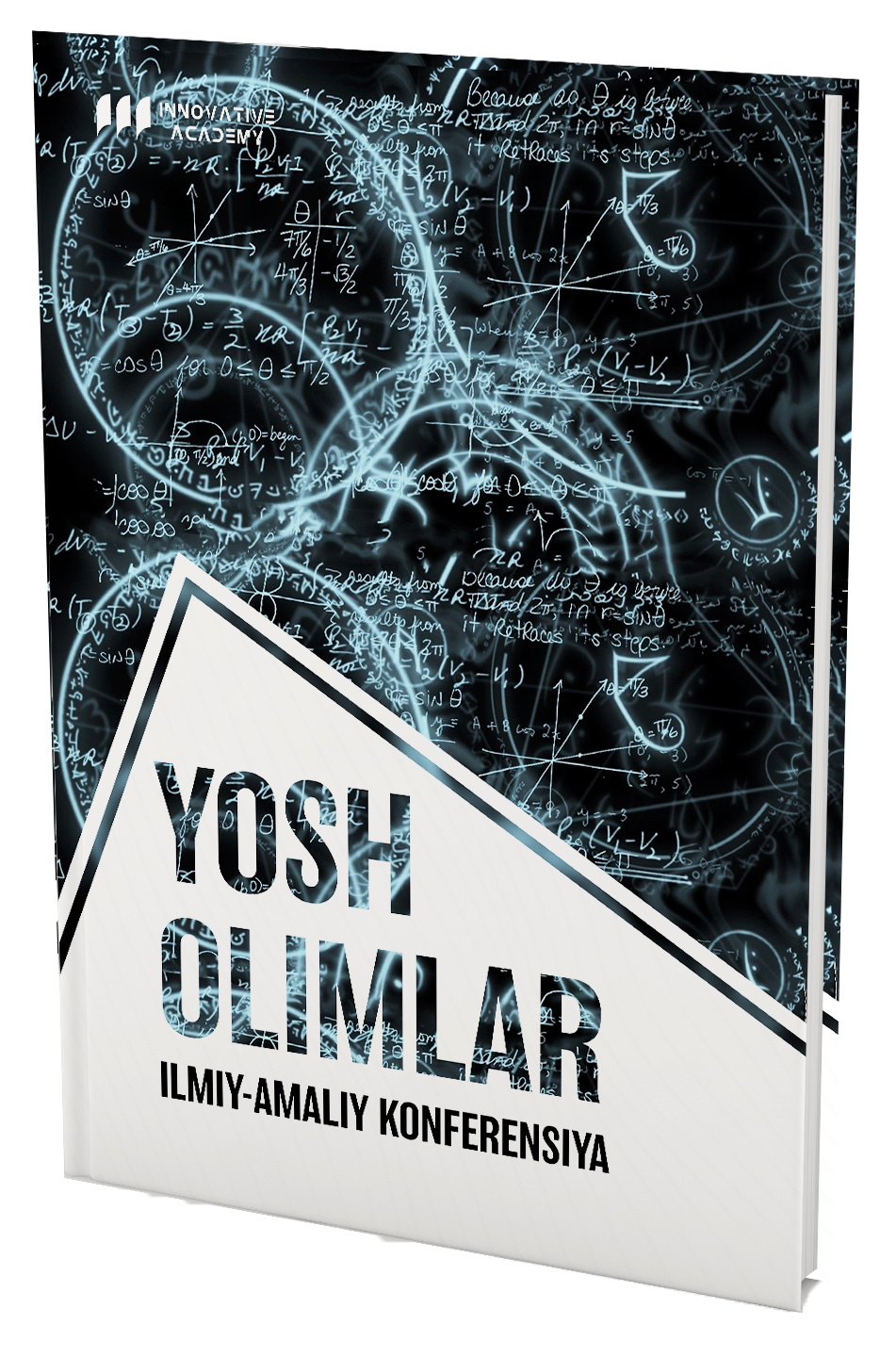INTERFERENCE AND ITS POSITIVE EFFECT IN TEACHING ENGLISH AT SCHOOLS
Main Article Content
Аннотация:
This article explores the concept of linguistic interference and its potential positive impacts on teaching English in schools. While traditionally viewed as a negative influence, interference from students' native languages can be leveraged to enhance the learning process. The article examines various studies and expert opinions to highlight how teachers can use linguistic interference as a pedagogical tool to improve comprehension, retention, and linguistic competence in English learners.
Article Details
Как цитировать:
Библиографические ссылки:
Cummins, J. (2000). Language, Power and Pedagogy: Bilingual Children in the Crossfire.
Swain, M., & Lapkin, S. (1998). Interaction and Second Language Learning: Two Adolescent French Immersion Students Working Together.
García, O. (2009). Bilingual Education in the 21st Century: A Global Perspective.
García, O., & Wei, L. (2014). Translanguaging: Language, Bilingualism and Education.
Cummins, J. (1981). The Role of Primary Language Development in Promoting Educational Success for Language Minority Students.
Krashen, S. (1985). The Input Hypothesis: Issues and Implications.
Bialystok, E. (2001). Bilingualism in Development: Language, Literacy, and Cognition.
Baker, C. (2011). Foundations of Bilingual Education and Bilingualism.
Thomas, W.P., & Collier, V.P. (2002). A National Study of School Effectiveness for Language Minority Students’ Long-Term Academic Achievement.

